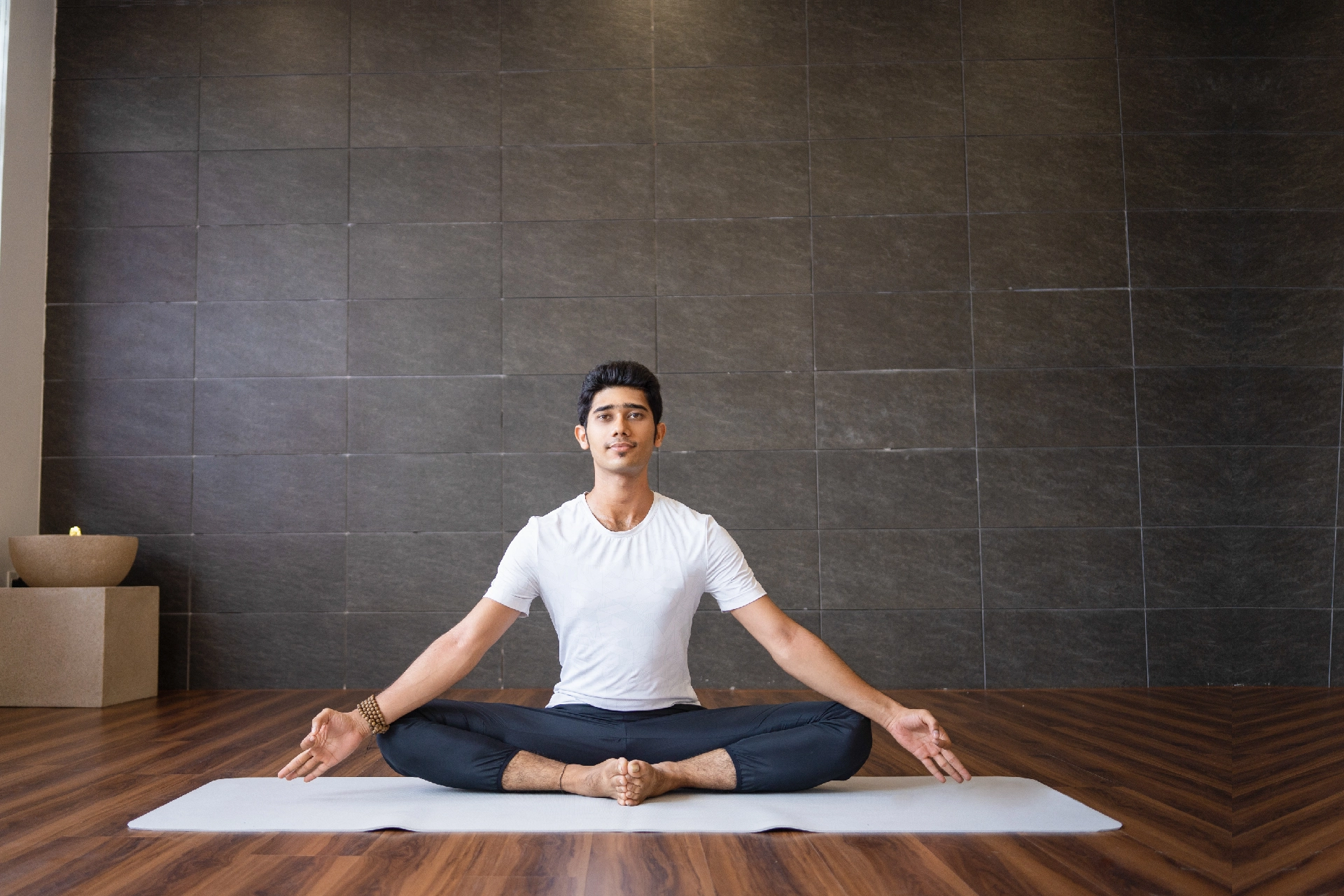Physiotherapist | 5 min read
Benefits and Importance of Yoga for Flexibility
Medically reviewed by
Table of Content
Key Takeaways
- Yoga is relevant today as it benefits both physical and mental health
- Yoga improves flexibility, relieves stress and also aids in weight loss
- Practising yoga helps with conditions such as acid reflux and migraines
Yoga is an ancient form of exercise, roughly 5,000 years old, and its roots can be traced to North India. Although the first mention of yoga is said to be in the Rig Ved, a religious scripture, yoga is immensely popular even today and is practised by people across the world. This is because yoga benefits are endless.
A true all-rounder, yoga eases aches and pains, helps with weight loss, improves blood flow, helps with post-surgery recovery and can also offer relief to patients suffering from ailments like arthritis or asthma. What’s more, yoga increases mental energy, decreases stress, soothes anxiety and helps you learn mindfulness, all of which contribute to mental wellbeing. In a nutshell, yoga helps your mind and body, and improves quality of life.
Importance of Yoga for Ailments
Religiously practising yoga benefits you in numerous ways, especially if you suffer from several ailments. By incorporating this low-impact form of exercise into your routine, you can manage symptoms and also prevent existing illnesses from triggering other, more problematic conditions.
1. Inflammation
Occasional inflammation is normal, but chronic inflammation can contribute to heart diseases, cancer and diabetes. As per a 2015 study, those who practiced yoga regularly had lower levels of inflammation.
2. Acid Reflux
Stress is a major cause for acid reflux and gastroesophageal reflux disease (GERD). Therefore, practising yoga for stress relief is beneficial. While yoga alone may not cure acid reflux, it certainly offers relief as part of a larger treatment plan.
3. Migraines
Migraines can be debilitating and require medication to be managed. However, research has indicated that yoga benefits migraine patients by reducing the frequency of migraine attacks.
Additional Read: Yoga Poses for Thyroid
Yoga for Flexibility
A flexible body translates into greater physical resistance and strength, better balance, good posture and a lower risk of injuries. Here are a few poses yoga poses you can try to boost your flexibility.
1. Upavistha Konasana
This yoga pose opens your hips and makes your calves and hamstrings more flexible.
- Sit on the floor with your legs straight in front of you.
- Open your legs as far as they will go on either side. Ideally, each leg should be close to a 90° angle to your body.
- Turn your thighs outwards so that your knees are straight, and flex your feet.
- Now, bend at your hip and fold forwards, walking with your palms towards your feet.
- Hold this pose for up to 2 minutes or as long as possible.
2. Parsvottanasana
When it comes to yoga for flexibility, you can’t give this asana a miss as it helps you stretch your spine, legs and hips.
- Stand with your feet slightly apart, and then place your left foot forward.
- Turn the toes of both your feet slightly outwards.
- Place your hands on your hips and begin to bend forwards from your hip.
- Fold your torso while tucking your chin to your chest.
- Once you have folded as much as possible, drop your hands to your side and touch the floor, if possible.
- Hold this pose for up to 2 minutes or as long as possible. Then, repeat with the other leg.
3. Dhanurasana
Not only does this pose strengthen your core and improve flexibility, it also gives your back, legs, chest and glutes a good stretch.
- Lie down on your stomach with your hands by your side and feet apart.
- Bend your knees and lift your legs upwards slightly.
- Reach backwards with your arms, and hold on to either ankle from the outside.
- Next, left your head, neck and chest up from the ground, as much as possible, and look forward.
- Hold the position for 30 seconds or as long as possible, breathing deeply throughout.
Yoga Poses for Weight Loss
When it comes to weight loss, the importance of yoga can’t be denied. Try these yoga poses to burn calories and lose weight.
1. Phalakasana
To get into phalakasana, also known as plank pose, first get on to your mat on all fours, with your wrists in line with your shoulders. Then, straighten your legs backwards, with your heels off the floor and toes touching the mat. Your neck, shoulders, back and legs must be in a straight line. Use your core, legs and arms to hold the pose for as long as possible. Then, come back to all fours and repeat after a few seconds.
2. Navasana
This is one of the best yoga poses for weight loss. Start by sitting on a mat with your legs outstretched and hands resting by your side. Then bend your legs at the knees and lift your feet off the floor, such that your shins are parallel to the floor. Next, lift your arms and straighten them in front of you until they are parallel to the floor. Hold the pose for about 15 seconds and then come back to the starting position, disengaging your core. Repeat after a few seconds.
3. Setu Bandha Sarvangasana
Lie down on your mat with your hands by your side, your knees bent, and feet a few inches apart from each other. Then, lift your body such that your buttocks and back are off the floor, and your body weight is borne by your feet and your shoulders. Bring your hands inwards, under your hips and interlace your fingers. Hold the pose for about 20 seconds, engaging your abdomen, back and glutes. Release the pose by bringing your hands to your side and lowering your buttocks and back on to the mat.
While yoga benefits your overall health, don’t lose sight of the fact that yoga is a supplementary treatment and can’t replace a doctor’s advice. This means that you can do yoga for stress relief, but you must consult with a doctor as well if you suffer from anxiety or depression. Similarly, if you have a heart condition, practice yoga in addition to treatment prescribed by a heart specialist. Don’t replace one with the other!
Find the right specialist for your health concerns easily on Bajaj Finserv Health. Use it to book appointments in minutes, get access to special discounts and offers, health plans for the entire family, medicine reminders and more.
References
- https://www.ncbi.nlm.nih.gov/pmc/articles/PMC3193654/
- https://www.ncbi.nlm.nih.gov/pmc/articles/PMC4525504/
Disclaimer
Please note that this article is solely meant for informational purposes and Bajaj Finserv Health Limited (“BFHL”) does not shoulder any responsibility of the views/advice/information expressed/given by the writer/reviewer/originator. This article should not be considered as a substitute for any medical advice, diagnosis or treatment. Always consult with your trusted physician/qualified healthcare professional to evaluate your medical condition. The above article has been reviewed by a qualified doctor and BFHL is not responsible for any damages for any information or services provided by any third party.





